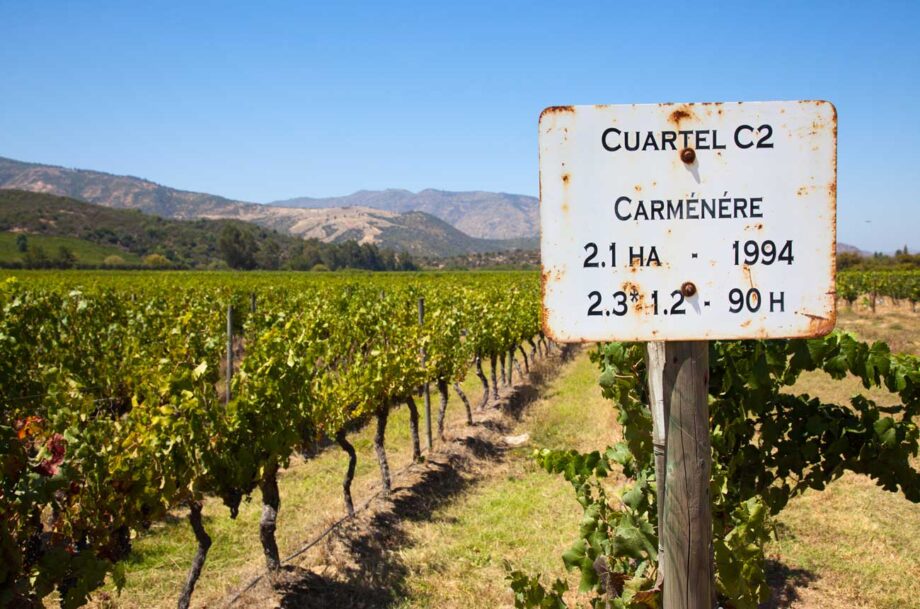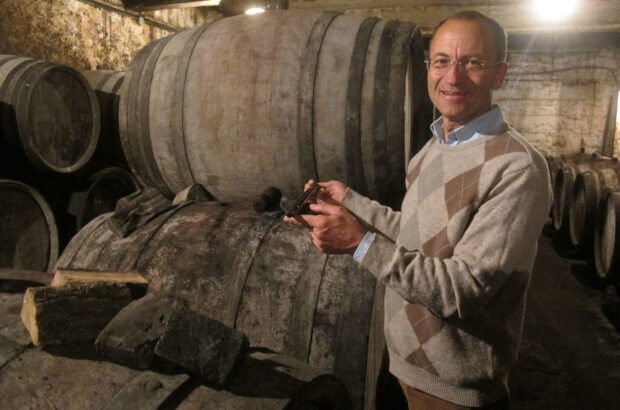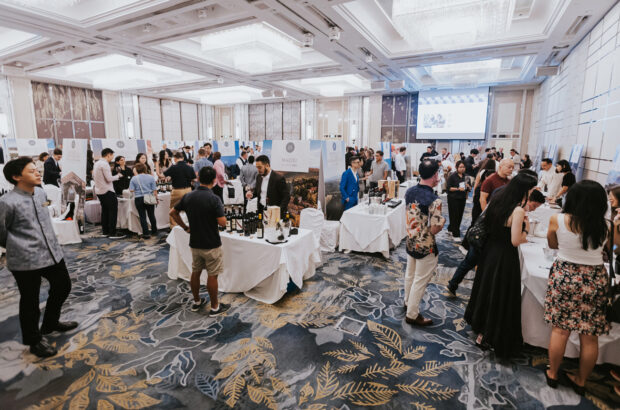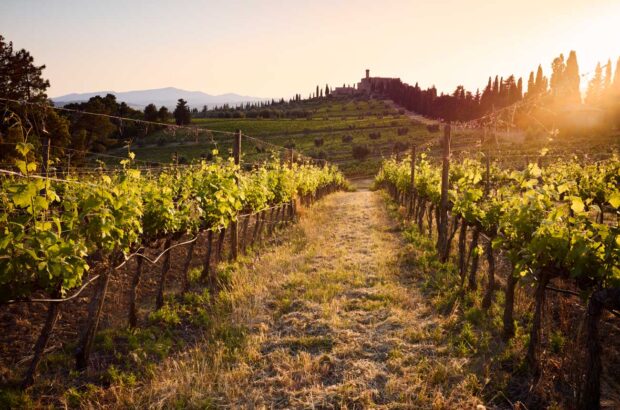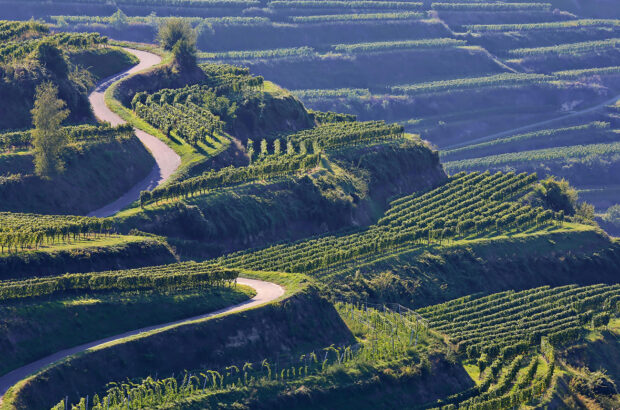Originating in Bordeaux’s Médoc, Carmenère didn’t exactly move to Chile to seek its fortune, but a ‘happy accident’ led to the rise of the country’s flagship red grape.
Thought of, to a certain extent as a difficult variety – slow ripening and prone to disease – it was more or less abandoned in Bordeaux after phylloxera ravaged Europe’s vineyards in the late nineteenth century.
Fast forward to Chile in 1994 when a variety that had been largely forgotten re-emerged by chance rather than design. Vines previously believed to be Merlot were identified as Carmenère, thought to have been brought over unintentionally from France.
The realisation initially caused concern for the country’s winemaking reputation, but as producers learned how to extract the best from the grape, it became a celebrated point of difference.
The offspring of Cabernet Franc, Carmenère shares similarities with its half-siblings Merlot and Cabernet Sauvignon. Good examples express the soft, fruit-driven elegance of the former with the herbaceous and cedar-spice notes of the latter.
It typically produces full-bodied wines with high tannins and red and black fruit characteristics and works well as a blending component (it’s often thrown into the mix with its relatives).
Outside of Chile Carmenère is grown in other parts of South America, China (where it is known as Cabernet Gernischt), Italy and by a few Bordeaux estates.
When it comes to pairing food with Carmenère, there are plenty of great options. Roasted or barbecued meats make a great match, as do tomato-based and spicy dishes.
Decanter’s Tastings Manager Javier Soto-Miranda, who comes from Santiago, also highlights the suitability of pairing Carmenère with traditional dishes: ‘I do love drinking a glass of Carmenère during Las Fiestas Patrias (the Chilean festival celebrated on 18 September) with a nice Chilean empanada or pastel de choclo (a kind of corn pie).’


